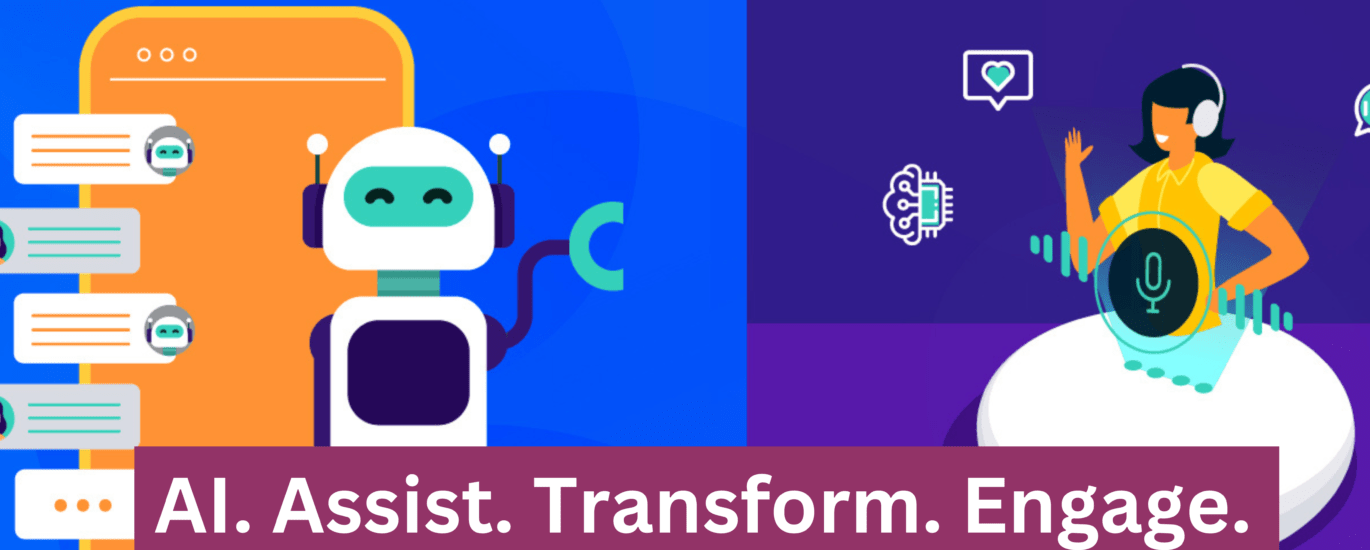


In today’s fast-paced world, businesses are constantly seeking new ways to improve user experience and engagement on their websites. Visual assistants and AI chatbots are among the top programming trends in web development in 2023. Many companies have started to integrate them into their websites to improve user satisfaction and offer instant customer support.
Visual assistants are AI-powered tools that use computer vision to recognize and analyze visual data, like images and videos. They have a variety of applications, including e-commerce, social media, and healthcare, and can offer personalized recommendations based on user preferences and browsing history.
When integrated into websites, they provide real-time assistance and support to users, helping them locate information, answer questions, and navigate tasks. This enhances user engagement and satisfaction.
AI chatbots simulate human conversations with text, offer instant customer support, and improve engagement. They can help users with everything from answering questions about products and services to providing technical support.
Setting up an AI chatbot on your website can seem like a daunting task, but it’s actually quite straightforward. Here are some basic steps to get you started:
Many companies utilize smart chatbots and AI chatbots to communicate with customers and share up-to-date information.
However, it’s crucial to remember that these tools require regular maintenance and can pose potential risks. Additionally, a new version of WordPress, WordPress 6.2, provides better security and performance, while the Gutenberg project aims to simplify site editing using blocks.
Visual assistants and AI chatbots are quickly gaining popularity in website development, as they can enhance the user experience and provide instant customer support. While using these technologies can come with certain drawbacks, such as privacy risks and the need for regular maintenance, the benefits they offer far outweigh the risks.
By implementing visual assistants and AI chatbots with proper planning, businesses can significantly improve their website’s functionality and overall appeal. Staying up-to-date with the latest trends and technologies in web development is essential for businesses to stay ahead of the competition and provide exceptional online experiences.